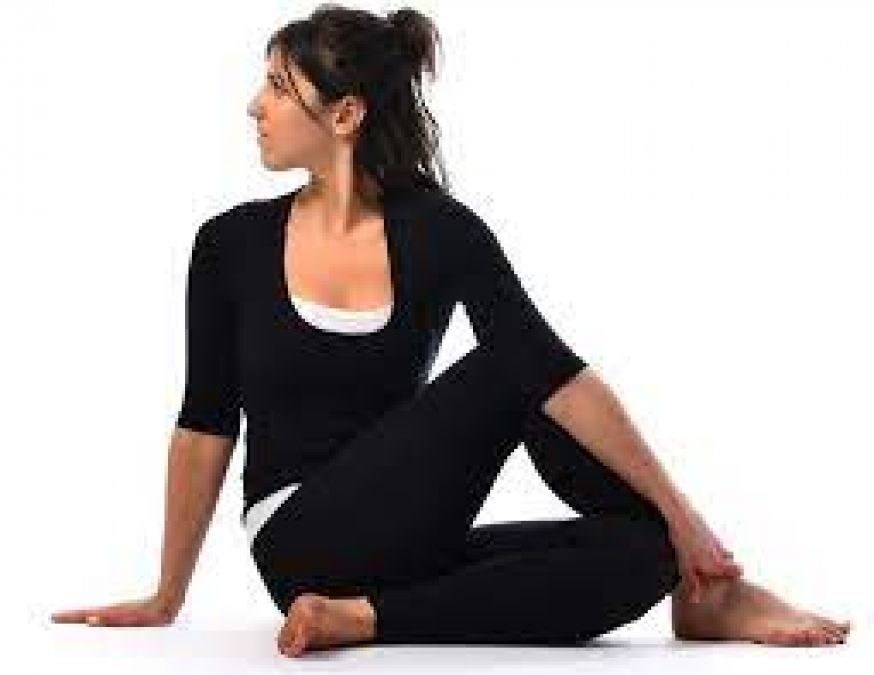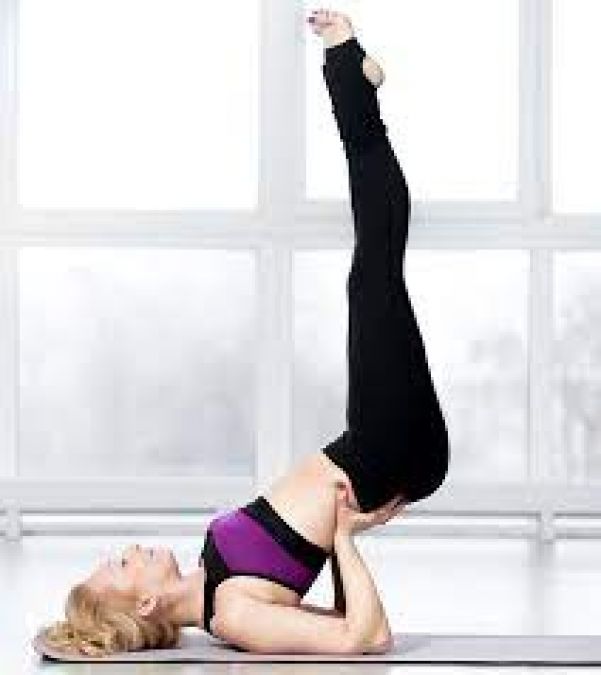
Yoga, an ancient practice originating from India, offers numerous physical, mental, and spiritual benefits. For individuals living with diabetes, incorporating specific yoga asanas (postures) into their routine can be highly beneficial. Regular practice of these asanas can help manage blood sugar levels, improve insulin sensitivity, reduce stress, and enhance overall well-being. Incorporating yoga asanas into a daily routine can be highly beneficial for individuals with diabetes. These asanas not only help manage blood sugar levels but also promote overall health and well-being. Regular practice of yoga can improve insulin sensitivity, enhance digestion, reduce stress, and boost energy levels. However, it is crucial to consult with a healthcare professional or a qualified yoga instructor before starting any new exercise regimen, especially for individuals with pre-existing medical conditions. With guidance and dedication, yoga can become a valuable tool in the holistic management of diabetes, providing both physical and mental benefits for a balanced and fulfilling life.
Paschimottanasana involves sitting on the floor with legs extended and bending forward to touch the toes or ankles. This asana stimulates the abdominal organs, including the pancreas, and helps regulate insulin secretion. It also stretches the hamstrings, improves digestion, and reduces stress levels.

Dhanurasana is performed by lying on the stomach, bending the knees, and grasping the ankles. This posture massages the abdominal organs, strengthens the back muscles, and stimulates the pancreas. It aids digestion, stimulates the circulatory system, and enhances overall metabolic function.

Ardha Matsyendrasana involves sitting with legs extended, bending one leg, and placing the foot on the opposite side of the knee while twisting the torso. This twisting asana massages the abdominal organs, including the pancreas, and improves digestion and elimination. It also enhances spinal flexibility, stimulates the nervous system, and reduces stress.

Viparita Karani is a simple pose that involves lying on the back with legs extended vertically against a wall. This pose promotes relaxation, relieves stress, and improves blood circulation. It also helps reduce blood pressure, enhances lymphatic drainage, and supports the functioning of the endocrine system, including the pancreas.

Bhujangasana is performed by lying on the stomach and lifting the upper body using the strength of the back muscles. This pose stretches the abdomen, stimulates the digestive organs, and massages the pancreas. It helps regulate blood sugar levels, strengthens the spine, and improves overall posture.

Anulom Vilom Pranayama involves alternating the breath between the right and left nostrils. This controlled breathing technique calms the mind, reduces stress, and improves lung capacity. It also helps balance the nervous system, enhance oxygenation, and regulate blood pressure and blood sugar levels.

also read - The Significance of Yoga: Cultivating Harmony and Well-being
Indian Spirituality and Yoga: A Path to Inner Transformation